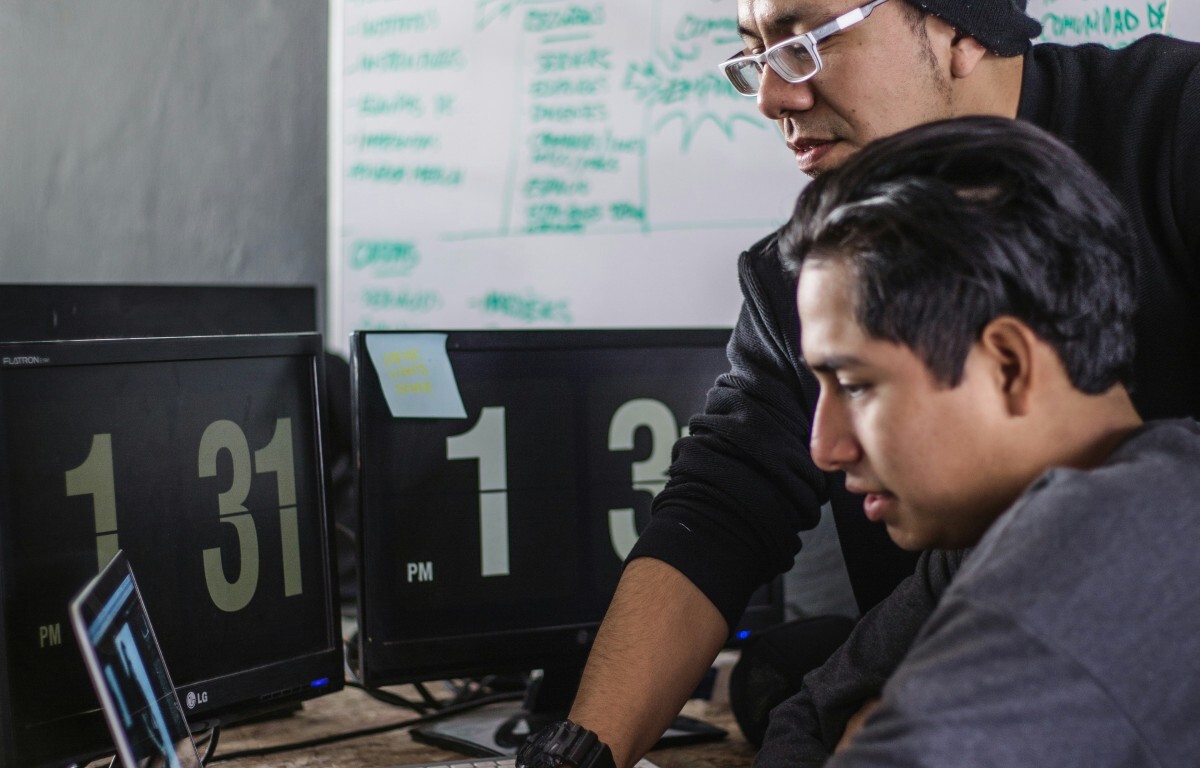
Blockchain, or distributed ledger technology, has the potential to transform many sectors across the economy and society. While crypto-currency may be the most familiar application of the technology, blockchain technology has multiple use-cases, such as supply chain management, record management, credentialing, digital identity management, and in the creation of digital assets, such as music and art. Technical standards have an important role shaping the evolution of technology by aligning common expectations of security, safety, privacy and data protection while enabling interoperability to support cross-border and cross-sectoral growth.
1. Blockchain can address unique challenges but it is not infallible.
There are noteworthy use cases of non-financial blockchain in Southeast Asia to tackle challenges and address needs unique to countries. Blockchain is relied on to safeguard highly sensitive information and in verifying authenticity of documents. For example, the Philippines is exploring turning to blockchain technology to address the issue of security in the context of internet voting during elections. Singapore also digitally authenticates and endorses health certificates through Notarise, easing downstream verification. The potential for blockchain in identity management can also empower marginalised and vulnerable communities. For example, an initiative to create a digital identity management system for the many displaced and undocumented Rohingyas strives to ensure sovereignty of the group’s own data and identity. While blockchain holds much promise, it is not an infallible nor self-sufficient solution. Roundtable participants raised the concerns of how the integrity of blockchain-enabled systems can be severely compromised if robust security measures such as regular audits, user education and constant vigilance are not implemented. In particular, building digital literacy of users was viewed as a cornerstone for meaningful usage of technology.
2. More engagements around blockchain and its technical standards are needed.
This lack of adoption poses difficulty in implementing appropriate and broadly-designed standards. In the Philippines, blockchain applications are still currently considered a “niche” area and not of focal concern within government bodies, with a predominant uptake of de facto standards as opposed to de jure (formal) standards. In Malaysia, the lack of awareness by stakeholders unfamiliar with newer technologies may defer imperative discussions on technical standards or result in standards that are ill-suited and irrelevant. To increase adoption, a combination of technological advancement, education, regulatory clarity and real-world use cases are needed. One participant suggested that the paucity of use cases could suggest that blockchain technology’s current use cases are unaligned with the region’s developmental needs and are not a priority for developing nations focused on inclusion.
3. Collaboration and partnerships across stakeholders and industries is essential in standards-making.
A diversity of views is vital to understanding how users are impacted. Broad-based stakeholder engagement also encourages relevant and up-to-date insights about rapidly evolving technologies. Correspondingly, bridging differences in governance structures is fundamental to promote participation, so that standards are both responsive and adaptive to the needs of the market, but also backed by regulatory power. The ICC Digital Standards Initiative is an example of such an effort, which aims to harmonise approaches on standards by uniting industry associations, companies and standards developing organisations to identify gaps and remove inefficiencies to drive adoption.






